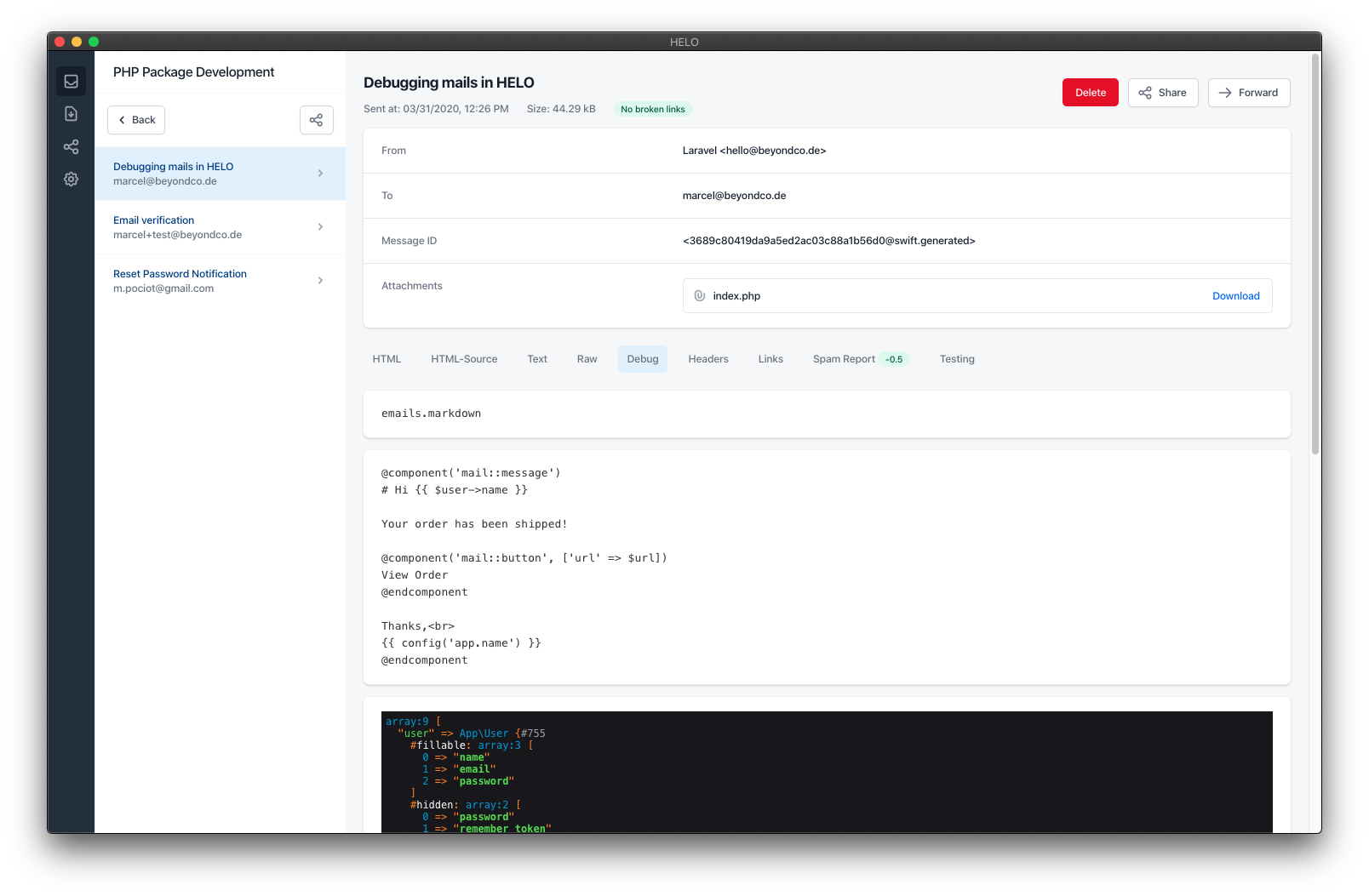Laravel API Documentation Generator
Generating Documentation
To generate your API documentation, use the apidoc:generate artisan command.
php artisan apidoc:generate
It will generate documentation using your specified configuration. The documentation will be generated as static HTML and CSS assets within the specified output folder.
Regenerating#
When you make changes to your routes, you can safely regenerate your documentation by running the generate command. This will rewrite the documentation for only the routes you have changed. You can use the force option to force the regeneration of existing/unmodified API routes.
Postman collections#
The generator automatically creates a Postman collection file, which you can import to use within your Postman app for even simpler API testing and usage.
If you don't want to create a Postman collection, set the postman.enabled config option to false.
The base URL used in the Postman collection will be the value of the base_url key in your Laravel config/apidoc.php file.
Manually modifying the content of the generated documentation#
If you want to modify the content of your generated documentation without changing the routes, go ahead and edit the generated index.md file.
This file is located in the source folder of your output directory (see configuration), so by default, this is public/docs/source/index.md.
After editing the markdown file, you can use the apidoc:rebuild command to rebuild your documentation into HTML.
php artisan apidoc:rebuild
Automatically add markdown to the beginning or end of the documentation#
If you wish to automatically add the same content to the docs every time you generate (for instance, an introduction, a disclaimer or an authenticatino guide), you can add a prepend.md and/or append.md file to the source folder in the source output directory (resources/docs/source), and they will be added to the generated documentation.
The contents of prepend.md will be added after the front matter and info text, while the contents of append.md will be added at the end of the document.
Specifying language for examples#
For each endpoint, an example request is shown in each language configured. To add a language which is not supported by this package, you'll have to create your own view for how an example should render. Here's how:
- Publish the vendor views by running:
php artisan vendor:publish --provider="Mpociot\ApiDoc\ApiDocGeneratorServiceProvider" --tag=apidoc-views
This will copy the views files to \resources\views\vendor\apidoc.
-
Next, create a file called {language-name}.blade.php (for example, ruby.blade.php) in the partials/example-requests directory. You can then write Markdown with Blade templating that describes how the example request for the language should be rendered. You have the
$routevariable available to you. This variable is an array with the following keys: -
methods: an array of the HTTP methods for that route -
boundUri: the complete URL for the route, with any url parameters replaced (/users/{id} -> /users/1) -
headers: key-value array of headers to be sent with route (according to your configuration) -
cleanQueryParameters: key-value array of query parameters with example values to be sent with the request. Parameters which have been excluded from the example requests (see Example Parameters) will not be present here. -
cleanBodyParameters: key-value array of body parameters with example values to be sent with the request. Parameters which have been excluded from the example requests (see Example Parameters) will not be present here. -
Add the language to the
example_languagesarray in the package config. -
Generate your documentation
To customise existing language templates you can perform the vendor:publish command above, then modify the blade templates in resources/ as necessary.
Memory Limitations#
Generating docs for large APIs can be memory intensive. If you run into memory limits, consider running PHP with command line flags to increase memory limit or update your CLI php.ini file:
php -d memory_limit=1G artisan apidoc:generate
Further modification#
This package uses Documentarian to generate the API documentation. If you want to modify the CSS files of your documentation, or simply want to learn more about what is possible, take a look at the Documentarian guide.
Painless local email testing
HELO is a desktop application that will change the way you test your emails. No more broken links, missing images and customer complaints.
Learn more